By Betsy Ohrn Director of Research
At the Center for Economic Inclusion, we believe all workers should earn a family sustaining wage.
One racial equity priority that we were excited to see reflected in Governor Walz’s proposed budget is a major investment to increase the wages of direct care workers. The budget includes $300 million in this biennium and $500 million in the next to implement the tentative contract agreement between the State of Minnesota and SEIU Healthcare Minnesota and Iowa, providing a historic rate increase for more than 20,000 home care workers in Minnesota. This is a critical opportunity to address a deep racial injustice that touches the lives of hundreds of thousands of Minnesotans.
“As a woman of color who has chosen to make Homecare a career choice I cannot express how discouraging it is to find an occupation that you truly love and are made for, which also benefits the people you provide services to, but find that you can’t earn enough at to financially support your own household without some type of assistance or additional employment.”- Tavona Johnson
Women make up 85% of the direct care workforce, 36% of these workers are people of color. Based on DEED data, almost 11% of working Black Minnesotans work as direct care workers (personal care workers, or nursing/home health aides.) This follows a national trend which also shows that Black women are deeply overrepresented in direct care occupations. This occupational segregation reflects a legacy of slavery and domestic servanthood that continues today. Where enslaved Black women were once charged with caring for White children, Black women were then sidelined into work as domestic servants and childcare workers, and now increasingly they are called to care for the growing elderly population.
The injustice is not the work itself, but the fact that the work continues to be deeply underpaid, even though this work is essential to the well-being of hundreds of thousands of Minnesotans. In 2020, the average wage for all direct care workers in Minnesota was $14.72 per hour. Around 40% of direct care workers have insurance through Medicaid, Medicare, or another public source.1
Further, these professions are critical to the future of Minnesota, especially as our population continues to age. Direct Care Workers, nursing assistants and personal care assistants, are two of the fastest growing professions in Minnesota. However, low wages and challenging working conditions are already resulting in large vacancy rates. According to the Minnesota Department of Employment and Economic Development, the last estimate at the end of 2021 showed more than 9,100 job openings — a vacancy rate of 8.4%. In 2022, Minnesota nursing homes reported the largest staffing shortages in the country. These staffing shortages make the work harder for the remaining care workers, place extreme stress on family members, and are creating burdens on our hospital system. Having committed, well-trained, and experienced workers in these roles is critical to the dignity and well-being of Minnesotans needing care.
While some employers may want to raise wages, market failures and policy hold back what is possible. Federal Medicaid and Medicare rules constrain how much states can reimburse for direct care services. For this reason, state level leadership is critical to this issue. The agreement between SEIU Healthcare and the State of Minnesota would increase starting wages from $15.25 to $20 per hour by 2025. The deal covers more than 20,000 caregivers, about a fifth of the total direct care workers across the state. If the legislature approves and funds this contract, it will be a significant step forward for many direct care workers.
This is a historic investment in the wages of workers who are essential to Minnesota’s economy. Not only does this benefit our homecare workers, it also goes a long way to attract committed people to these important jobs. However, you do not need to be a member of SEIU to show your support.
Want to know more about how we do our research? Check out our Indicators for an Inclusive Regional Economy
Take Action: Find and call your legislator. Let them know you support this opportunity to make a difference in the lives of our workers and of all Minnesotans that need dedicated people caring for them.







